Newsletter #008 - Productivity guide
I'll guide you through the jungle of productivity recommendations, focusing on the three core aspects: priorities, focus, and consistency. Let's get started!

In the fourth part of the "Knowledge in Pictures" series, I'll zoom out from the topic of meetings and examine the entire (work) day from the perspective of productivity. There is a vast amount of reading material and sketch notes derived from it on this topic. Therefore, I'll limit myself to the essence: priorities, focus, and consistency.
First of all, I can be as organized as I like, work through to-do lists with focus, and still not make progress or be happy. At that moment, it's essential to take a step back and examine whether I'm working on the right things (the why) rather than working correctly (the how). I generally address the question of "why" in my blog, and many of the books I read focus on this question, which is why I'm excluding this aspect from this newsletter.
Priorities
I am aware of my values and strengths, and I have established goals for myself. To achieve these, I define my tasks. In addition, I have work and family obligations that enter my life in the form of emails, phone calls, and meetings. Every day, I have to create order in the chaos, firstly, to avoid losing track and forgetting something. Secondly, I want to determine where I should focus my energy to consistently work toward and contribute to my goals.
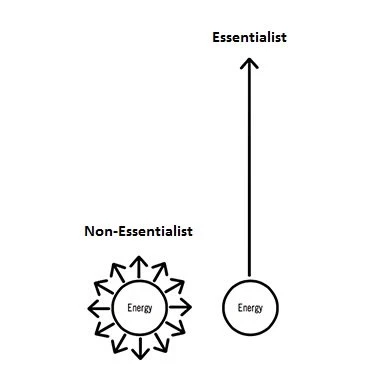
If I don't have a clear priority, my effort fizzles out, and I end up with the same effect as outlined in the third part of this series: I've been busy all day, and I (feel like) I haven't accomplished anything. To prevent this from happening, I develop clear priorities. There are different methodologies for this, both for personal and team work, which are outlined below.
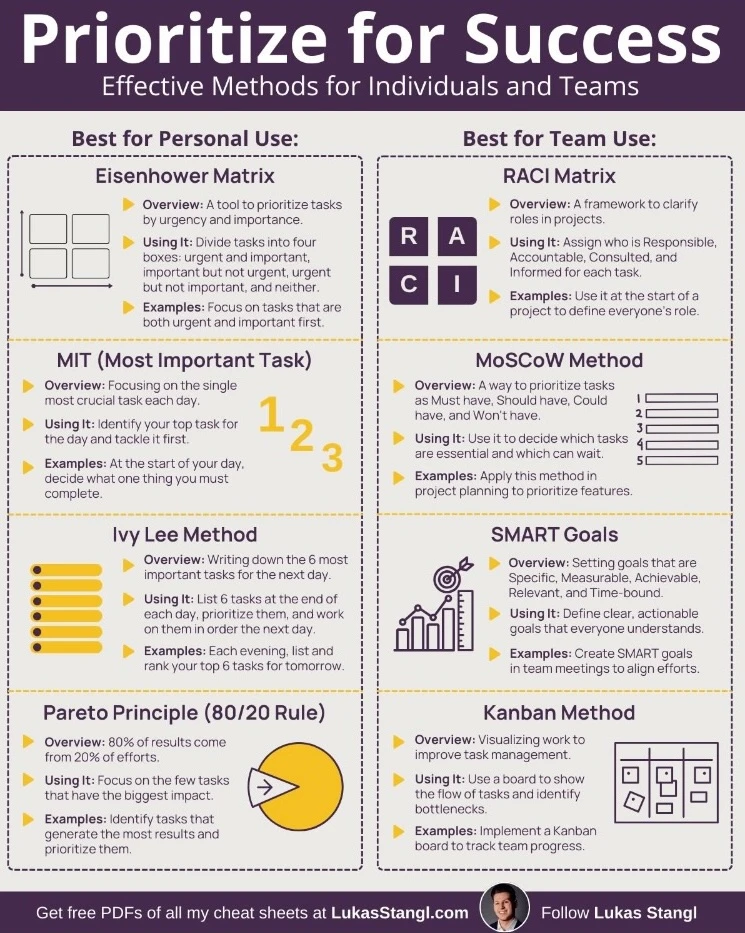
Focus
The first of three aspects of this topic is actually to start focused work. After starting, I often reflected that it would have been great if I had started earlier. But such thoughts don't help. So get started TODAY!

Another important aspect is to focus on the journey rather than the destination. Every single step toward the goal counts. Every step is a success and is celebrated, whether by checking it off a list or achieving a streak in a habit tracker.

The topic of priority is closely related to the subject of focus. If I have no priorities or too many, I find it challenging to work with focus. Accordingly, the third aspect is concentrating on one task at a time.
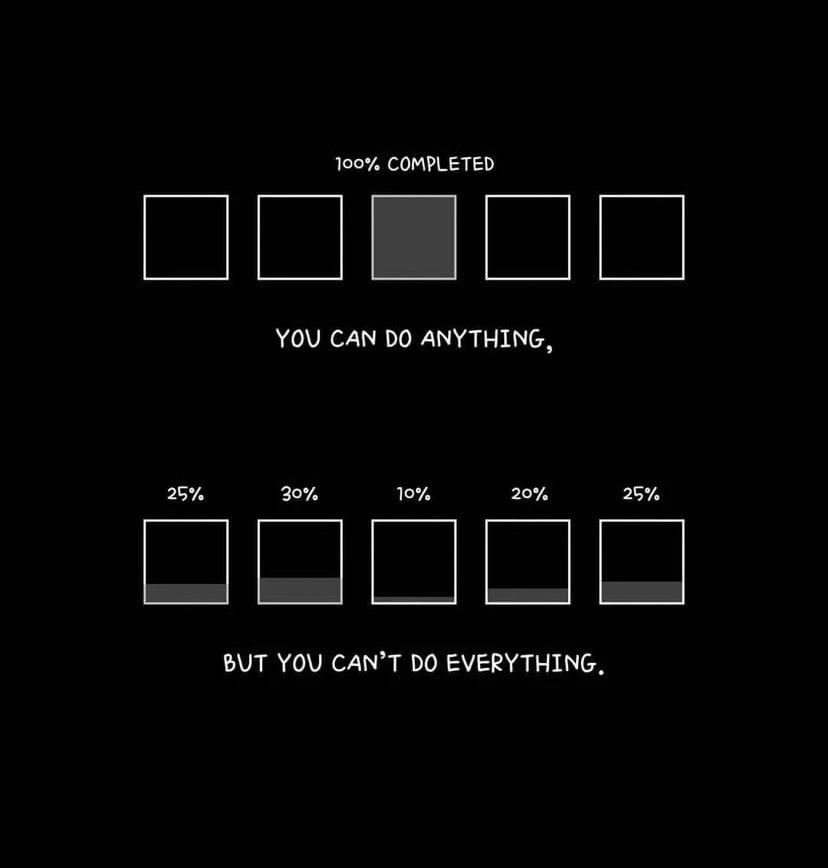
Consistency
If I select my work according to priorities and maintain focus, there's only one final point to navigate the productivity jungle successfully: consistency or continuity. It's not enough to occasionally set the right priorities and maintain a clear focus; one must also consistently do so. This approach needs to be established as a habit.
James Clear described this best in his book The 1% Method (here's my book review). A good tool is to link old habits with new ones. Clear fundamentally advocates for creating systems that support us in forming new habits and provide a suitable framework for them to thrive.
The 1% Method is just one approach among many. Below, you'll find several approaches to experiment with. Not every approach works for everyone. I recommend targeted experimentation, reflection, and adaptation.
Toolkit
When it comes to counteracting procrastination, the following sheet contains eleven effective techniques that, when used appropriately, can be helpful. I use the following regularly:
Eat the froghelps me complete inconvenient and unpleasant tasks as quickly as possible during the day.- I use the
Two Minute Rulein my bullet journal. Before I write down the task, or at the latest before I assign it in the evening, I complete a short task. Kaban Board, along with sprints, is a standard tool in agile software development for managing project tasks when they are already in operational use and the time required to complete tasks becomes more relevant.Timeboxingis generally used in meetings. Both for the overall framework and for the individual points of the meeting.
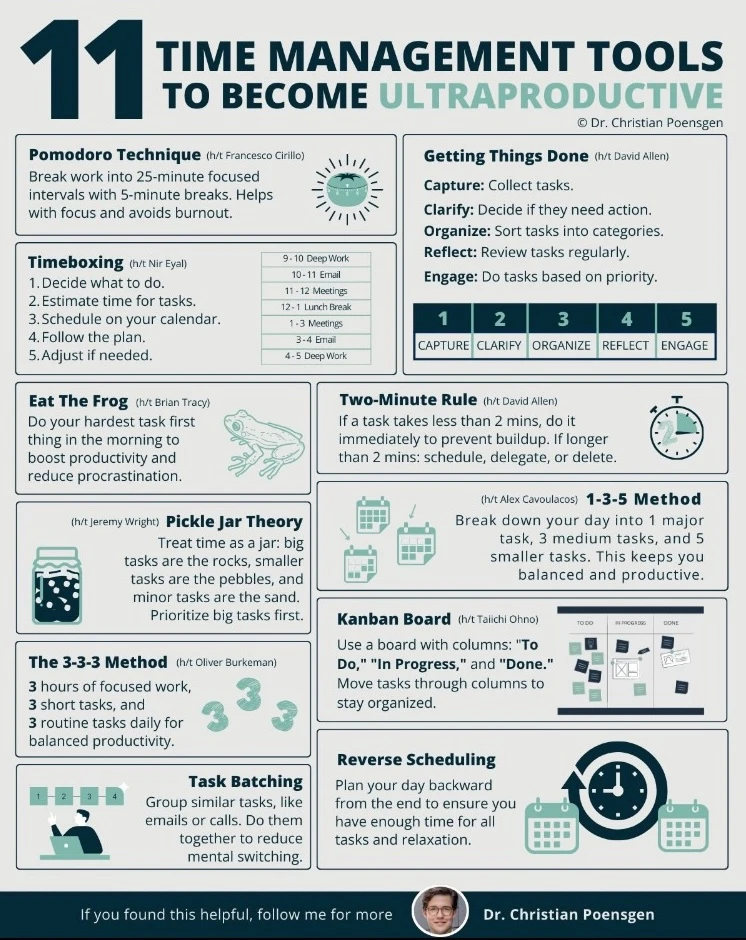
The following graphic categorizes the techniques according to when they are ideally applied during the day to ensure maximum structure. At this point, I would like to emphasize that this limited form of optimization leads to a productivity hamster wheel. A regular helicopter view of the bigger picture is essential.
I want to draw particular attention to the last line. In my opinion, closing the day and reflecting on it in the form of a journal is the most powerful tool offered by the various sheets of tips.
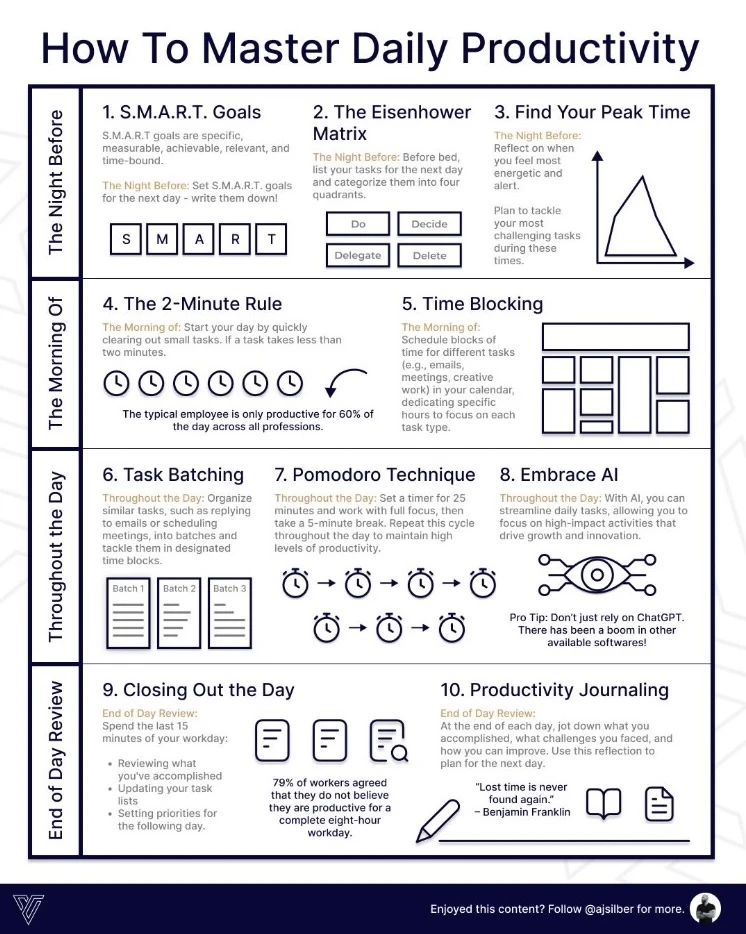
Finally, I'd like to share with you a sheet that combines the 80:20 rule and the Tiny Habits approach for "de-stressing." In this cycle, Poensgen shows how the 80:20 rule can be applied to different aspects of life. For me, the core of the 80:20 rule is that perfection is not a goal, but a distraction or waste.
I regularly review this sheet. I spend a minute thinking about each section and jotting down my thoughts. These ten minutes are enough to generate new ideas. And these thoughts have a lasting impact on me, which is why, in the days that follow, I come up with even more great ideas for how I can achieve significantly more with little effort.

Conclusion
The topic of productivity is so extensive that it could fill bookshelves. This vast amount of possibilities is significant because people think and feel so differently, yet they share a desire to achieve something. Now we're prepared for the daily tasks and can face the to-do lists.
At this point, at the latest—and maybe even sooner—a warning voice sounds. Despite my love of productivity, the lists never seem to empty, and I never seem to get anything done. What's the point of all this? Where's the satisfaction, the joy?
And this is precisely the question I'll be addressing in the upcoming newsletter: How do I achieve a satisfying life, and is "follow your passion" good advice? Spoiler alert: No.
Until then, a humorous insight into a questionable optimization technique.
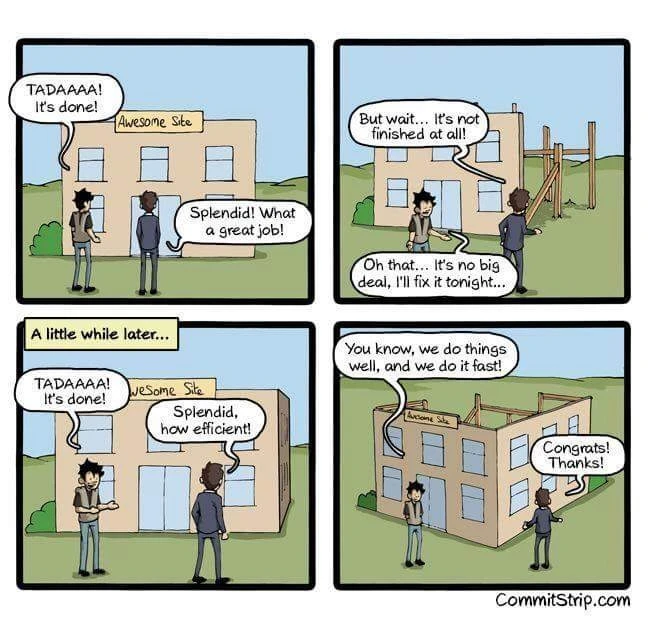
Link Recommendations
Link 1: What I wish I'd known about scaling earlier
In this article, a developer breaks down his findings into distinct phases as he scales to 1,000,000 users. He describes the bottlenecks for each phase and supports his observations and adjustments with performance measurements.
Link 2: Do I need a developer journal?
The article by Devlink Tips outlines the benefits of a developer journal. It starts with the theory that our brain regularly runs rm -rf /knowledge. I'm still undecided whether to keep separate notes or record my thoughts as part of my bullet journal.
Link 3: Open Source as the Foundation of the Global Economy
In "The Decoder," Maximilian Schreiner writes that 5% of developers create 96% of the modern commons—aka open source—and thus form the digital foundation of the global economy.
Server Side Stories
Since the last newsletter, three more episodes of my podcast "Server Side Stories" have been released. You can find details here:
-
Episode 16 – Review Q1 2025: In the current episode of Server Side Stories, we look back on the past quarter – a format we plan to do regularly in the future. And a lot was going on.
-
Episode 17 – Dev Setup Deep Dive: Our Tools, Apps & SetApp Tips: In this episode, we share some insider information: Which apps and tools do we use every day in our developer life? From the first terminal command to the last screenshot before the end of the day – here's our toolbox on the Mac.
You can subscribe to the podcast on Spotify and Apple Podcast.
Forecast
In the fourth part of the series, we had a close look at the topic of productivity. In addition to effective meetings, our workdays are now also structured accordingly. But work isn't everything in life. Where does that leave the satisfaction and joy? What can I do for myself? I'll be addressing these questions in mid-July.
Thank you for reading my newsletter.
All the best, Mark